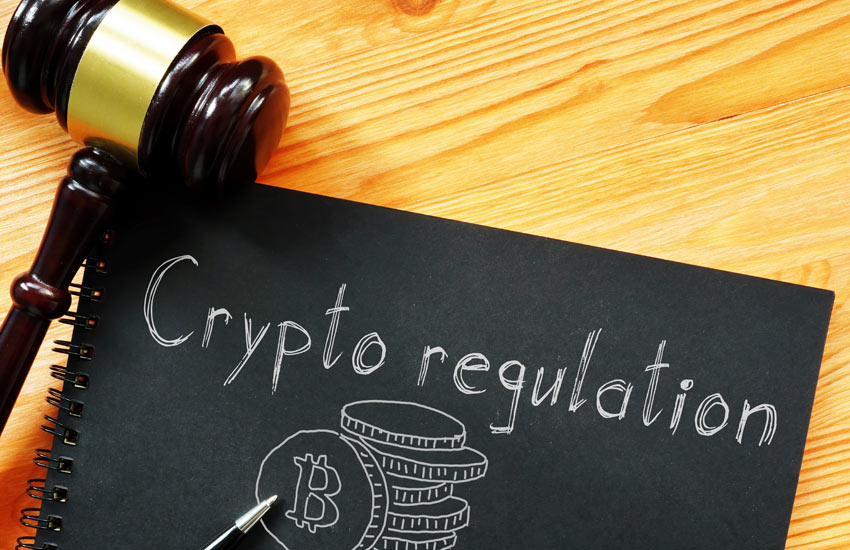Ripple, the SEC, and the Crypto Regulatory Landscape: The Case of the Hinman Documents

Ever since the United States Securities and Exchange Commission (SEC) launched a lawsuit against Ripple in December 2020 over its sales of XRP, the crypto industry has been waiting with bated breath. After two and a half years, it seems that the end might finally be in sight, primarily because Ripple managed to convince the court to compel the SEC to unseal the Hinman documents.
To understand the significance of the Hinman documents, it’s crucial to delve into who Bill Hinman is. He is a former SEC director who famously declared that Ethereum’s ETH was not a security due to its “sufficient decentralization.” However, this notion remains unclear, and no definitive criteria have been set for what constitutes “sufficient decentralization.”
The importance of the Hinman documents lies in revealing the SEC’s internal discussions regarding ETH’s status after Hinman’s noteworthy declaration. Ripple’s defense team hopes that the SEC’s reasoning could be applicable to XRP. If that proves to be the case, Ripple and its executives could potentially be off the hook, leading the SEC to lose the case.
Speculation has grown over the SEC’s persistent efforts to keep the Hinman documents under wraps. Some conjecture that the SEC has been working in concert with Ethereum’s main backers to shield ETH and target its top competitors, which include XRP. However, there’s another conspiracy theory that has been gaining traction since the beginning of the year, painting a broader picture of the current regulatory landscape.
U.S. regulators have been seen intensifying their scrutiny of crypto companies and projects that pose a threat to the Fed’s forthcoming FedNow payment system, essentially a prototype for a central bank digital currency (CBDC). Crypto projects in the crosshairs include those with 24/7 payment networks, as well as stablecoin issuers.
Given that stablecoins can be viewed as digital dollars, their status seems logically subject to scrutiny. More intriguingly, XRP, another significant player, has been perceived as a primary contender to both stablecoins and the payment systems under development by central banks globally. This perspective was even voiced by Emin Gun Sirer, the founder of Avalanche, who underscored XRP’s competitiveness.
One noteworthy example of XRP’s potential as a formidable competitor was Coinbase’s 2019 introduction of a zero-fee international transaction feature that leveraged XRP and USDC. With these considerations in mind, it could be argued that XRP’s perceived threat to both CBDC prototypes and stablecoins was the reason behind the targeted regulatory scrutiny.
As to whether any of these theories hold water, the public release of the Hinman documents might provide some answers. This was initially scheduled for June 6 but has been postponed to June 13, allowing both parties more time to redact sensitive information. This delay has fueled more speculation about the contents of these documents. June 13 is poised to be a day of high volatility for the crypto market as additional factors like the release of May’s inflation figures and the Federal Reserve’s impending interest rate decision add to the mix.
In parallel to this unfolding drama, not all officials within the Fed are onboard with the idea of a CBDC. Neil Kashkari, the president of the Minneapolis Fed, has expressed skepticism about the necessity of a CBDC when instant payment platforms like Venmo already exist. He also acknowledges the concerns related to privacy and programmability, especially in light of how central banks define these terms in the context of CBDCs.
For instance, central banks’ interpretation of “privacy” pertains to data sharing with the government but not with private companies. Meanwhile, the European Central Bank (ECB) has crafted a new definition of “programmability” to argue that its CBDC is not programmable.
The discourse around CBDCs is not confined to the U.S. In Australia, two tech firms recently successfully executed a Forex trade using the country’s forthcoming CBDC. What’s particularly notable about this trade is that the other digital currency involved was Circle’s USDC. This ties back into the earlier speculation about some stablecoin issuers harboring ambitions to transition into CBDCs.
In conclusion, the intricate nexus of crypto regulations, central bank initiatives, and private sector ambitions is rapidly evolving. It remains to be seen how the outcome of the SEC vs. Ripple case and the release of the Hinman documents will impact this landscape.